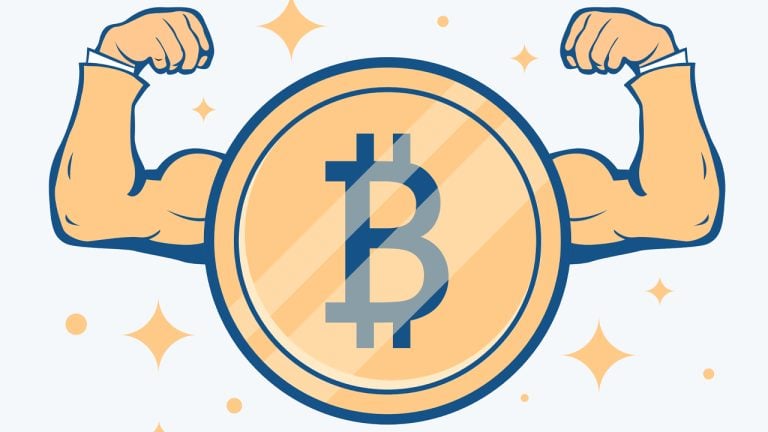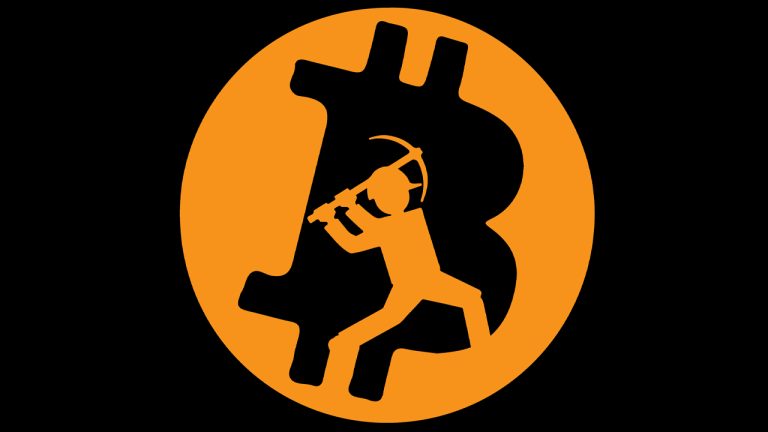
Bitcoin mining firms have been forced to sell newly minted Bitcoin to cover operational costs during one of the toughest bear markets for miners on record.
Bitcoin (BTC) miners have been up against the ropes over the past year, with record amounts of BTC sent to centralized exchanges to cover costs in 2023.
As Cointelegraph previously reported, the Bitcoin mining ecosystem has had an eventful year. The industry scored a staggering $184 million from transaction fees in the second quarter of 2023, eclipsing the total of 2022 on the back of a BTC price rebound and hype around BRC-20 tokens.
Stocks in prominent mining firms have also seen impressive gains in 2023, far exceeding Bitcoin’s market value performance. The top nine public Bitcoin mining firms saw their market capitalization increase by 257% from the start of 2023.
Meanwhile miners have also been forced to continue selling mined BTC to cover operational costs as the industry continues to attempt to claw its way out of a prolonged bear market. Miners sent a record $128 million worth of Bitcoin to exchange in June 2023, with industry experts highlighting miners' propensity to send BTC to exchange to cash out, cover costs and lock in profits.
Related: How Irish farmers turn cow dung into digital gold (Bitcoin)
A market report from Bitfinex suggests that mining firms are looking to derisk by offloading BTC to exchanges. Analysts believe miners are engaging in hedging activities in the derivatives market, carrying out over-the-counter orders or transferring funds through exchanges for other reasons.
Cointelegraph reached out to a number of prominent mining companies to unpack the current mining climate and the recent trends emerging from the sector.
Jaime Leverton, CEO of Hut8, highlighted the company’s efforts to close-off a merger with USBTC which has hampered its ability to raise capital through an at-the-market offering. After announcing the upcoming merger, Leverton said Hut8 treasury strategy included the option selling from its Bitcoin holdings and newly produced BTC to cover its operating costs:
“We plan to revisit our treasury strategy once our merger is complete. As such, we were the last major Bitcoin miner to sell part of our production earlier this year.
Leverton added that Hut8 still holds more that 9,100 BTC ($271 million) and the firm remains “bullish on Bitcoin and HODLing”, given that it retains one of the largest self-mined Bitcoin reserves from a publicly traded company.
Hut8 disclosed that it had sold 217 Bitcoin mined across May and June for $7.9 million in its most recently published production and operation update.
Related: A Glimpse Into The Future - What Happens When There Are No More Bitcoin To Mine?
Foundry’s business development senior manager Charles Chong also weighed in on the subject, while the firm declined to comment on whether it had held any BTC holdings in 2023.
As Chong explained, bull market conditions in the past saw miners earning a 60-80% margin on production, while external capital was abundant, allowing many operators to hold onto their mined BTC.
“However, we are in a different time now with scarce external capital and only a 15-30% margin, forcing miners to liquidate their bitcoin to cover operational costs.”
Chong also added that it was difficult to compare current market conditions to subsequent bear markets following market peaks in 2017 and 2021. He said that Bitcoin mining moved in cycles as miners “overinvest” in ASIC mining equipment during good times.
It’s worth noting that the Bitcoin mining difficulty has also hit recent all time highs, which suggests that the network is at its most robust. Chong explained that new, more efficient mining capable of higher hashrates have continuously been released into the market in 2023, which has forced miners to refresh their fleet to continue producing BTC at a profit.
“That said, total energy usage by the network has been slowly creeping up as well, albeit at a slower pace, indicating increasing investment in security for the network.”
A spokesperson from Braiins mining told Cointelegraph that continuing difficulty increases are a result of hashrate increasing, which signals that industry participants see potential upside for BTC's price in the future:
"To us, this is a sign that miners are still able to deploy machines profitably in the current environment and are bullish on Bitcoin's future price appreciation."
Ongoing market conditions have also seen the closure of some prominent mining firms, including Core Scientific which filed its chapter 11 bankruptcy plan in June 2023. The firm has already managed to raise significant capital to bootstrap a reorganization plan earmarked for September 2023 .
Magazine: Bitcoin is on a collision course with ‘Net Zero’ promises












